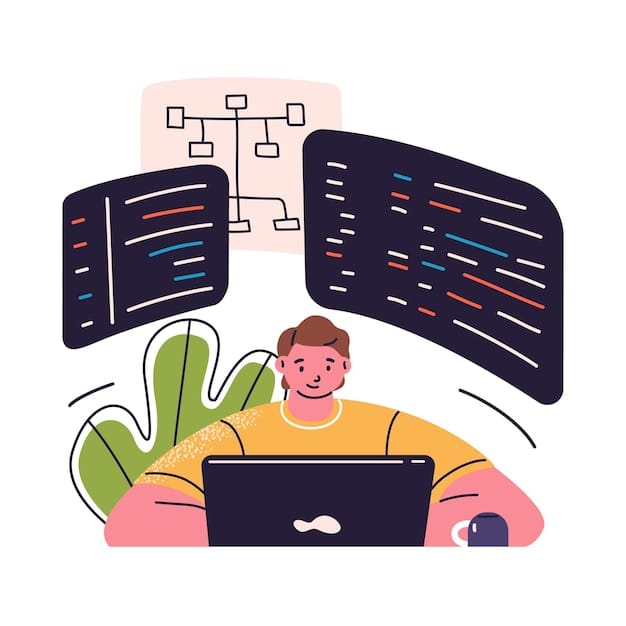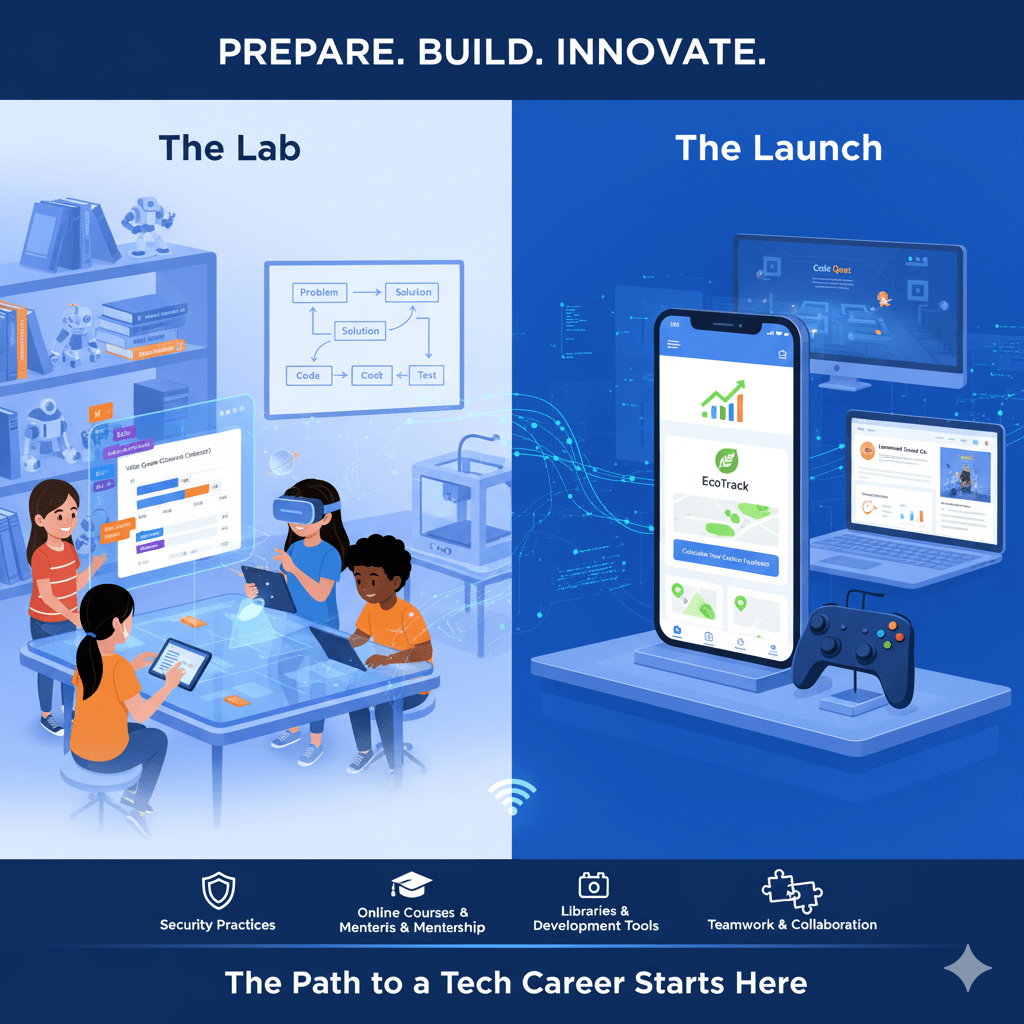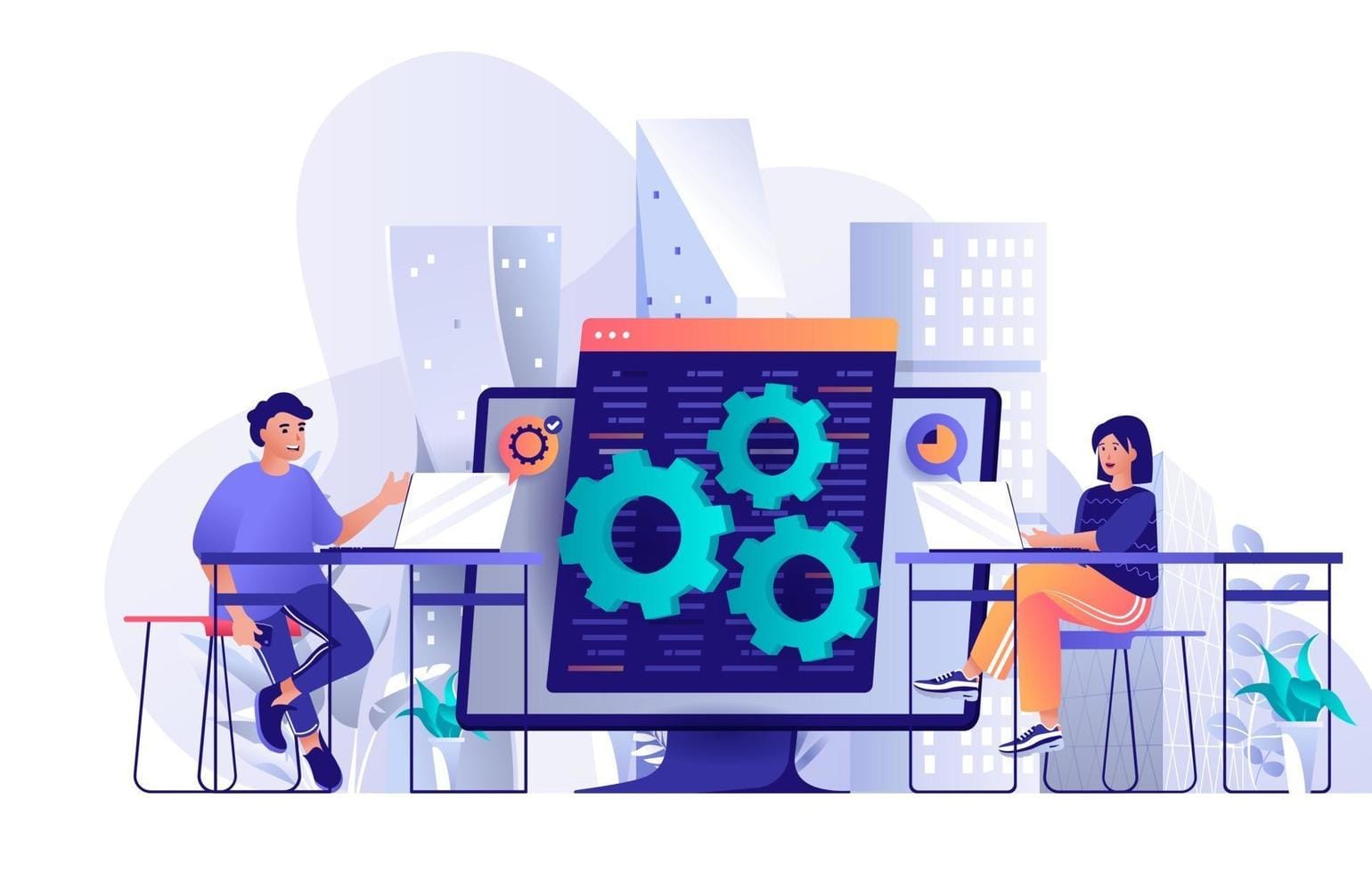Transforming Learning Journeys With Interactive Coding Experiences

One of the strongest methods of reshaping the learning and thought processes of children has been realized by interactive coding. As opposed to memorizing by the book only, students get into the practical world where they integrate logic, creative thinking, and problem solving. This change will enable students not only to acquire an understanding of coding concepts, but to use them in a meaningful fashion and can arouse interest and self-confidence.
The true power behind the interactive coding is that it renders education interesting and individualized. Gamified platforms to the real-life projects, students are no longer passive receivers of knowledge and become creators, explorers, and innovators. Coding tools help to make the abstract concepts interactive and provide access to the skills of the future by turning the lesson into a game.
This blog will discuss the ways interactive coding is changing the learning experiences, why it is not just a technical competence, and how it prepares students to live in a creative and technologically-driven world. You can be an educator, parent, or lifelong learner and you will find these experiences are going to create the future generation of problem solvers and innovators.
The Power of Interactive Coding in Modern Education

The use of technology in education is swiftly moving towards active learning as opposed to passive learning. Interactive coding puts the students in the centre stage of this change since they can experiment, test their ideas and get instant results. Learners are also engaged in constructing solutions rather than merely receiving information and this makes the lessons more meaningful and memorable.
This is not merely a process of learning to code but an important set of skills such as logical thinking, creativity, and flexibility are developed. Children gain digital confidence and toughness to deal with difficulties by finding solutions to real-time problems. These would not just be useful in the classroom, but also essential stepping-stones to successful careers in the future that are molded by new technologies and innovations.
In addition, interactive coding is created to be suitable to students in their location, simplifying complex concepts with the help of games, simulations, and projects. This is a one-on-one approach to learning which is beneficial in that each child, despite his or her starting point, will be able to learn at the pace he or she wants to, and continue to enjoy the experience. Consequently, the classroom becomes a collaborative setting, where questions and curiosity become the driving force of learning and innovation a second habit.
How Interactive Coding Experiences Engage Kids Effectively

Interactive coding activities are meant to be used to create curiosity and maintain interest. With the integration of real-time feedback, creative projects, and gamified challenges, kids will be kept motivated to learn and implement the idea of coding in an entertaining and meaningful manner. This feeling of play and experimenting makes learning an adventure and not a task.
Instant feedback is one of the largest merits of interactive coding. Either the student writes a line of code in the correct format or has made an error, the system is responsive. This makes kids know how their choices affect their actions and teaches them to trouble-shoot, adjust and re-work which is not only vital in the field of code but also in general problem-solving.
Besides that, there are the gamified elements like rewards, levels and challenges which exploit the inherent love that a child already has towards games. Students feel an accomplishment when they can see it visually such as badges, points, and completed projects, which puts them in the mood to continue. Interactive coding is more than a learning process with the possibility to make a personal project, such as producing a simple game or animation.
Personalized Learning Through Expert Mentorship and AI

All children have different styles of learning and interactive coding knows that. Incorporating one-on-one mentorship with AI-driven adaptive systems, the lesson can be adapted to suit a student, his/her pace, interests, and progress. A mentor is a source of guidelines, motivation, and practical experience, and AI solutions monitor performance and make the challenges more or less challenging. This will make the learners not to feel overloaded or not challenged enough thus making a balanced process in which the confidence will develop with the skill.
Hands-On Practice for Mastery in Coding Skills

The only real way of becoming a master of coding is through practice and creation, not reading text books or memorizing syntax. Interactive code sites teach children projects in the form of creating games, creating animations, or creating small applications. These projects enable the students to put to practice what they have been taught instantaneously, transforming the theoretical into the practical. In every project done, the learners not only develop their technical competencies but also develop resilience, creativity and confidence in their problem-solving abilities, which remain with them throughout their lives.
Technology Transforming Education Beyond Coding

The interactive learning tools do not just impart any lessons on coding and go beyond this to include creativity, collaboration, and communication skills that are vital in all facets of education. By working on digital projects, students are not just learning how to write code but they are also learning how to communicate, narrate and bring their imagination to life by utilizing technology.
It is also natural to foster collaboration, since most projects facilitate collaboration and peer-to-peer learning. Through the exchange of ideas, task division and problem solving, students learn to work as a team in the manner that they would in professional careers. Simultaneously, technology promotes self-directed learning through providing students with the opportunity to explore the resources, experiment to develop the solutions, and own their progress.
The outcome is a learning experience that equips children with the ability to survive in a technology-driven world where technical knowledge is as valuable as adaptability, critical thinking and digital fluency. With the adoption of interactive tools in the classroom, education turns out to be a paradise whereby students are not only enabled to consume technology but also to create and innovate with technology.
Why Parents Trust Codeyoung for Interactive Coding Classes

Parents prefer Codeyoung due to its student-first nature, where the learning process of each child is well informed. Introducing children to the future-proof skills of problem-solving, creativity, and critical thinking, by offering structured interactive coding programs, expert mentors, and AI-driven assistance, children learn not only the technical side of coding but also the future-proof skills. This holistic approach makes learning not just behind the screen, but to life beyond the screen as well.
The difference between Codeyoung and its competitors is that it focuses on the steady growth. Frequent updates, performance observations and project results allow the parents to easily monitor the progress of their child. Every achievement, be it the completion of a game, the design of an application, or animation, is evidence of technical excellence as well as creativity.
Codedyoung provides a secure, interactive, and motivating setting in which kids are excited to learn by integrating a personalized mentorship with new teaching tools. To parents, it would be a relief to know that their child is not only adapting to the current digital environment but also being positioned to dominate in the future.
Conclusion
The interactive coding is not only a technical ability but also a process of change, which alters the way children think, learn and create. Combining the experience of professional mentoring, practical tasks, and interactive tools based on AI, Codeyoung enables children to find the way of learning about coding and enjoying it at the same time, and in the future.
This method not only develops coding competence but also fosters the development of the most important life skills like confidence, creativity, critical thinking and resilience. The knowledge gained in coding reaches way beyond the screen, students are ready to succeed in their schooling, future work and in real life in problem solving.
In every child of Codeyoung, the learning process is to become not only interesting and personalized, but also effective, as every child should become an innovator who can influence the future of the world.
FAQs: Using Education Technology to Support Physical and Mental Health
How do interactive coding classes cater to different learning styles?

The interactive code classes are flexibility oriented with combination of visual, auditory and hands-on methods. Visual learners can also use animations, block-based coding, and breaking down of a visual problem, whereas auditory learners can use mentor explanations and interactive discussions. Learners who prefer to learn hands-on are successful since they learn through direct experimentation with projects, through troubleshooting by direct code, and through learning by doing.
This is the multi-modal approach, and every child will not have to be left behind, even though he or she may have preferred learning style. Through the integration, the coding sessions are inclusive and dynamic to the extent that each student is able to internalize concepts in a manner that is natural to him or her.
How is progress tracked in interactive coding programs?

Coding classes include progress tracking that occurs on a continuous basis by submitting project assignments, quizzes, and challenges. All activities assist mentors and AI-based systems to gauge the progress of the students in understanding the material and where they may require additional assistance.
Parents also enjoy frequent updates where they see done projects and performance insights. This openness creates confidence, since families are able to observe actual results and can quantify not only technical development, but also development of creativity and ability to resolve problems.
What type of devices or software is needed for interactive coding classes?

The majority of the interactive coding platforms are made user-friendly, and they only need a simple comp with a computer or tablet and internet connection. The platform employed is also generally user-friendly there are resources such as Scratch, Tynker, or Code.org which the user can run directly on the webside, which is why no heavy installations or costly setups involved.
The availability makes access to learning not restricted by technology. Children could start learning about coding using only simple devices, and parents did not have to spend money on particular hardware to support learning.
Can interactive coding help my child develop problem-solving skills beyond coding?

Yes, problem-solving skills are developed through interactive coding, which has a limitless effect even in the real world. Students are introduced to logical thinking and endurance, which is useful in academic life as well as life in general, as they debug errors or discover new solutions to a problem.
This way of doing things builds with time and makes one resilient and flexible. Children are taught that failure is just a step to success and this makes them more assured that they would solve problems whether in academics such as math and science and in life.
How do mentors personalize coding experiences for each student?

Mentors are important in that they customize lessons to suit the child depending on his pace and understanding. They apply the project based learning whereby, difficulties are presented with simple difficulties as the student becomes more comfortable with them. This will make sure that the students are in constant motion without getting overloaded.
Also, mentors tend to make projects according to the individual interests of a child, be it games, storytelling, or apps. This individualization makes the learning process interesting and enjoyable, making coding more of an artistic process instead of another scholarly assignment.


